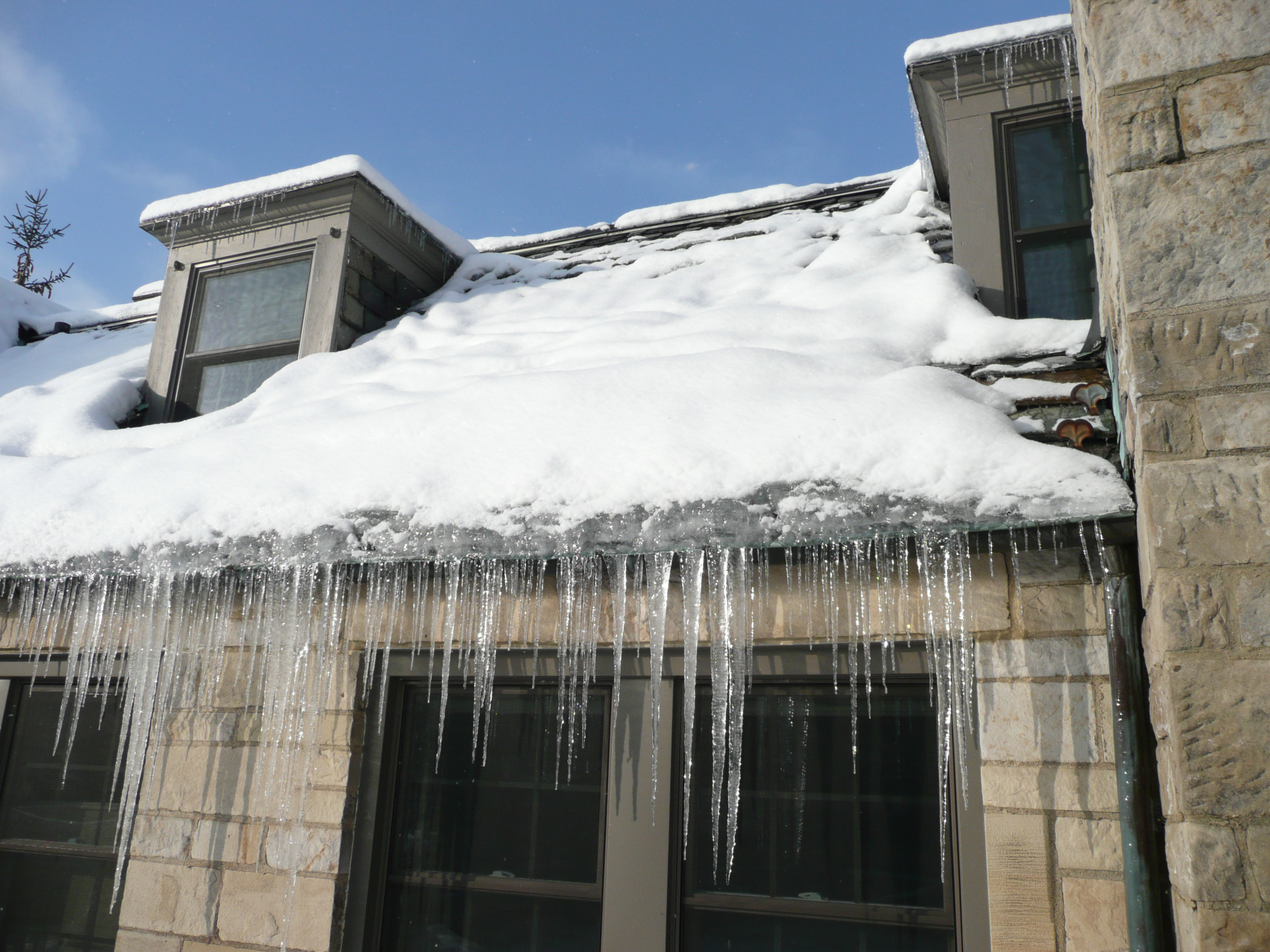Roof Watch: Is that House Well Insulated?
.jpg) A lot can be learned from nature in the winter, especially whether valuable heat is escaping from a home. "Wintertime is a great time to check on a home’s attic insulation as it can be visually reviewed from outside of the home and doesn't require any scientific measures or formulas," said Chris Lowe of www.kiddroof.com. Comparing neighboring homes with similar light exposures can tell a lot about how a particular home measures up to others in the neighborhood with regards to energy efficiency.
A lot can be learned from nature in the winter, especially whether valuable heat is escaping from a home. "Wintertime is a great time to check on a home’s attic insulation as it can be visually reviewed from outside of the home and doesn't require any scientific measures or formulas," said Chris Lowe of www.kiddroof.com. Comparing neighboring homes with similar light exposures can tell a lot about how a particular home measures up to others in the neighborhood with regards to energy efficiency.
Frost and/or Snow
Frost or snow that remains on the roof is an indicator that there is or is not adequate insulation in the home. You don’t have to have a thick blanket of snow on the roof to evaluate heat loss. Even a frost can provide clues to the health of a home. If frost disappears from your roof before your neighbor’s, you may need to evaluate your insulation and/or your roofing material. That is because good insulation prevents the heat generated in the home from escaping into the cold attic. As an additional reminder, homes that are connected and protected by firewalls between units, and homes that have attic areas that are not closed off from the house (ex. Dormer windows), are more prone to allowing heat loss. In that case, it is just the nature of the design that makes it less energy efficient.
 Icicles
Icicles
Icicles may or may not be indicative of heat loss from the attic. Smaller icicles can occur naturally from sun exposure or warmer temperatures coupled with colder temperatures at night. These are the type of freeze-thaw patterns that also can cause icy sidewalks or streets. However, icicles with a larger diameter, about the size of a canned beverage or larger, should raise a red flag for a homeowner. Not only can icicles of this type prove dangerous to unsuspecting people walking underneath them when they break off, but they may also be the result of an overflow of an ice damming situation.
Ice Dams
Ice dams are different than icicles and precede the formation of the larger, red flag-raising type of icicle. Ice dams occur when there is heat in the attic, which occurs when the insulation does not provide an adequate barrier between the attic and the living areas of a home. In that case, the heat in the attic melts the snow from underneath. This melted snow naturally runs down towards the gutters where it has an opportunity to refreeze. When enough frozen water collects in the gutter, the remaining melted snow can back up onto the heated surface of the roof again, where it will remain in a liquid state. This, in turn, can back water up under the shingles or cause it to enter the home.
In the winter season, the goal is a snowy roof. Not only is a snowy roof a pretty sight in the winter, it also is evidence of energy efficiency. A properly insulated home can reduce ice-damming and energy expense. The Department of Energy estimates that proper insulation can cut energy bills anywhere from 10-50%.
Well insulated homes keep homeowners comfortable, help to muffle sound, and keep homes at a more uniform temperature year round.
Kidd Roofing services the roofing needs of the Austin and Dallas areas. The specialize in both commercial and residential roofing projects. Learn more at their Facebook page.
More to Read:
Previous Posts:











